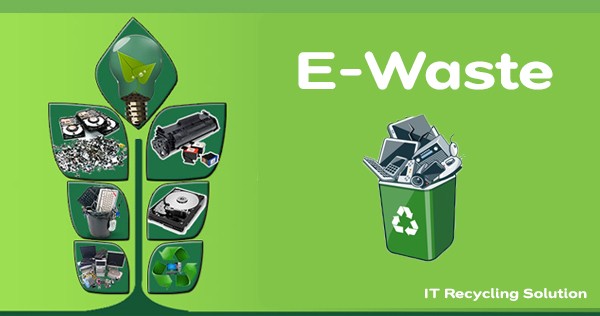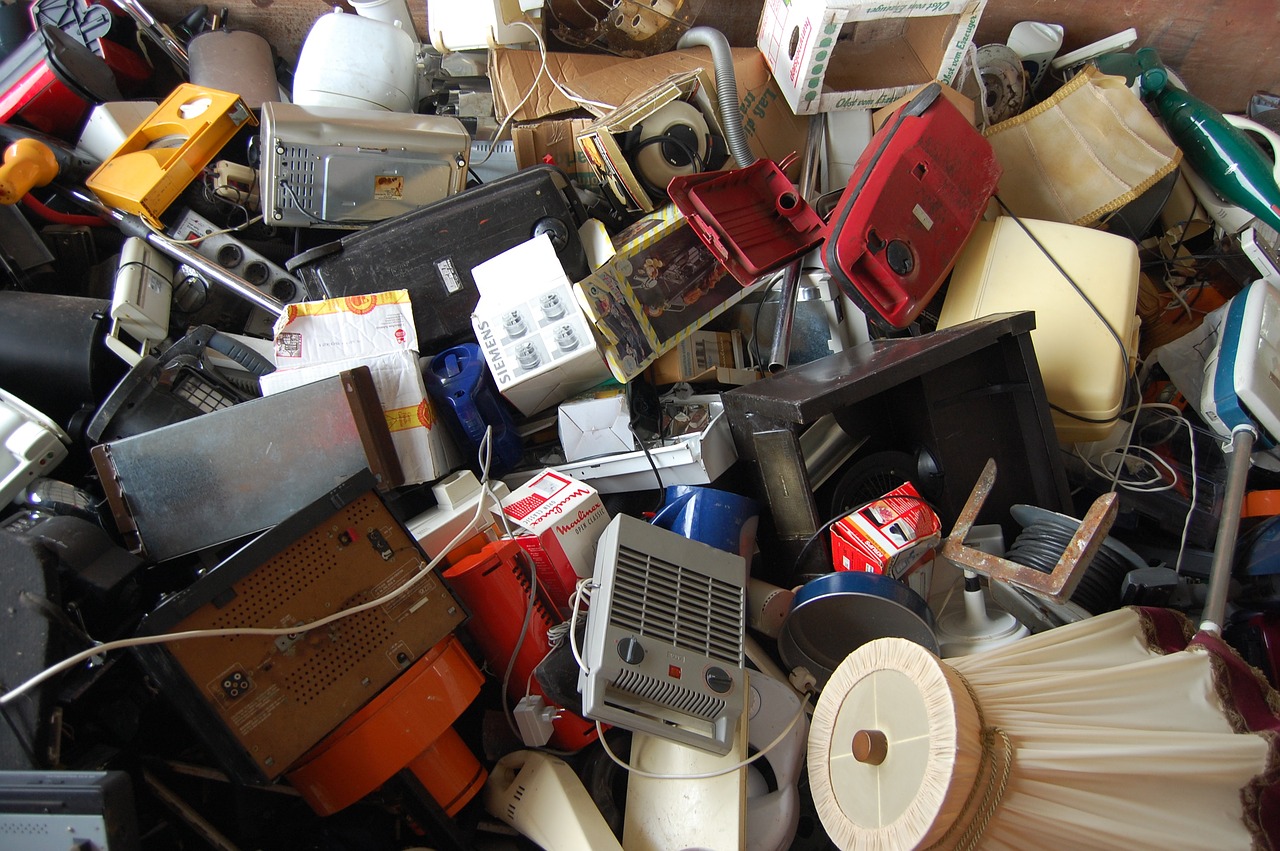The 8-Second Trick For Recycling Lives Services
The 8-Second Trick For Recycling Lives Services
Blog Article
Our Recycling Lives Services Statements
Table of ContentsUnknown Facts About Recycling Lives ServicesThe Definitive Guide for Recycling Lives ServicesRecycling Lives Services - QuestionsThe smart Trick of Recycling Lives Services That Nobody is Talking AboutThe Recycling Lives Services PDFsWhat Does Recycling Lives Services Mean?

E-waste recycling is much extra complex than conventional waste recycling. When e-waste is accumulated and transferred to the reusing facilities, employees sort the e-waste into groups according to their types and models.
Right here, e-waste is thrown into a substantial device and is shredded into small pieces, however prior to that, it needs to initially undergo a procedure called de-manufacturing, which refers to the activity of dismantling an item right into components. https://trello.com/w/rcyclng1vssvc. This procedure is to get rid of all the potentially harmful materials in electronic tools that will certainly damage the maker or infect the environment when disposed into land fills
Recycling Lives Services Can Be Fun For Everyone

Next off, the waste is further separated with water. At this phase, nearly everything leftover are non-magnetic products; they will go through another machine full of water, where products with a low family member density, mainly plastic, will certainly stream, while various other materials, like glass, will certainly sink. Lastly, before recycled products are marketed, is to inspect if there are any remaining valuable materials adhered to the plastic.
The Basic Principles Of Recycling Lives Services
Reusing e-waste not just prevents hazardous substances from entering our bodies and into the atmosphere, but the process likewise lowers the unsafe environmental impacts created by the extraction and mining of virgin products. The possible financial benefits that can be derived from this sector are substantial. The discarded e-waste in 2019 alone was worth greater than US$ 57 billion.
Computers and digital devices are made from several sorts of plastic, metal, glass and rare-earth elements. Our goal when recycling electronics is to separate the different materials from each various other. The "product" we create from recycling is tidy apart streams of recycled plastic, iron, steel, copper, light weight aluminum, glass and priceless steels.
2-1/2 min video clip reveals electronic devices being recycled at a SLS center. The client records we are able to produce depends on how tools is handled prior to being reused.
What Does Recycling Lives Services Mean?
Our major recycling websites are geared up with automated commercial shredders, conveyor systems and sorting tools. After hazards are gotten rid of, the computer system tools is fed by conveyor right into a huge shredder. The shredder splits the material right into huge items, concerning 2" to 6" in diameter. This very first step prepares the e-waste to begin the procedure of separating plastic parts from steel, copper, light weight aluminum, glass and various other assets.
After shredding, the conveyor belts press the e-waste through magnets, eddy currents, infrared electronic cameras and air jets. These technologies iron out different material types and different arranged product from the e-waste stream. Iron and steel is divided from the e-waste, after that light weight aluminum, copper and circuit card are divided. After the mass steel is gotten rid of, the e-waste stream, which is currently mainly plastic, is further separated right into abdominal muscle from polystyrene plastic.
Recycling Lives Services Can Be Fun For Anyone
Separating Iron and Steel from e-Waste After shredding, conveyor belts move the shredded computer systems and e-waste under a powerful magnet, which separates iron and steel from the shredded e-waste (recycling lives skips). The steel and iron are accumulated in pallet sized bags and gotten ready for sale as recycled asset products. Separating Light Weight Aluminum, Copper and Motherboard from e-Waste After passing under the magnet, the e-waste remains to relocate through the conveyor belts with additional mechanical separators
An aesthetic examination and hand sorting enhances the top quality of the drawn out materials. The apart streams of aluminum, copper, and circuit card are collected in pallet sized bags and gotten ready for sale as recycled asset materials. Advantages of Recycling Recycling vs - https://medium.com/@zonabeardsley77/about. Virgin Material The apart assets are utilized to make future generation products
Utilizing recycled product in the manufacturing of new items has advantages that go far beyond product reuse. It reduces pollution and carbon exhausts, reduces power and water consumption and maintains useful materials out of land fills. As each product is separated from the e-waste stream, the product is gathered in pallet sacks or large cardboard boxes and delivered to an additional cpu or directly to a supplier.
An Unbiased View of Recycling Lives Services
It minimizes air pollution and carbon exhausts, minimizes power and water consumption browse this site and maintains beneficial materials out of landfills. SLS has actually gained a track record of creating premium quality recyclables out of our centers. Manufacturers and second processors seek us out in operation our recycled products. SLS goes to the leading edge of creating cutting-edge e-waste recycling solutions.
Consumers can get fewer things while reusing and recycling more. Federal governments can create e-waste monitoring systems to gather and recycle, removing in a safe method some of the approximated $62.5 billion of worth from discarded products. Firms can develop items created to last, not to be changed, and to be recycled.
Report this page